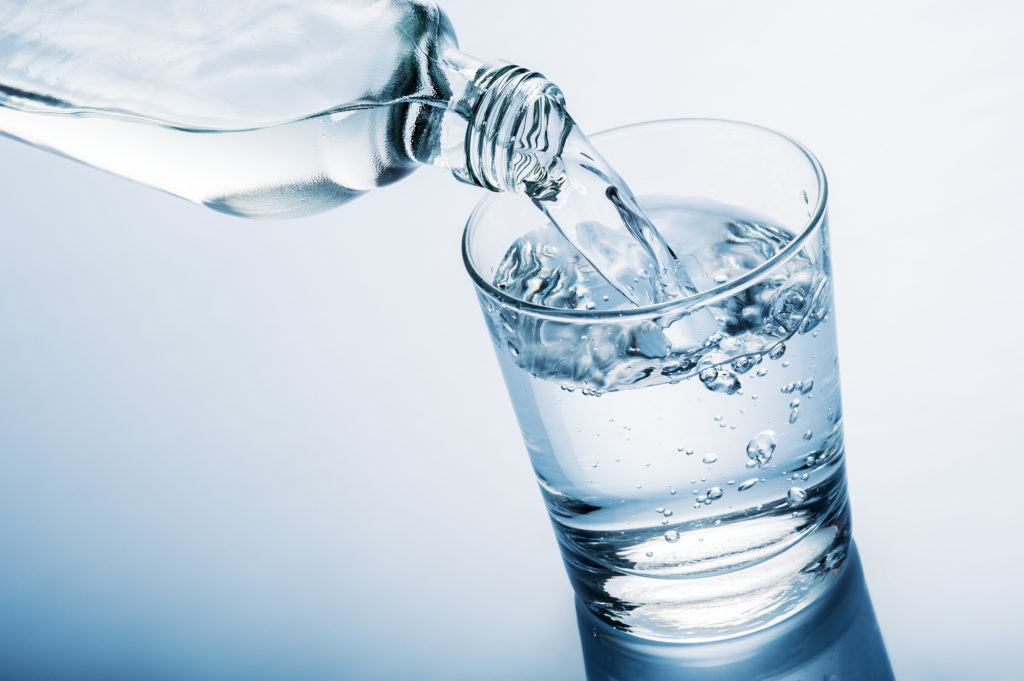
If you’re like most people, you probably assume that the water that comes out of your tap is perfectly clean and safe to drink. For a lot of people, this isn’t the case, though.
In fact, 63 million Americans have been exposed to unsafe drinking water at least once in the last decade.
If you’re concerned about the quality of your water and want to take its purification into your own hands, keep reading.
Listed below are some fascinating facts about purified water, as well as tips on how you can purify your own water today.
1. Types of Drinking Water
You’ve probably heard of several different types of drinking water, including purified drinking water, distilled water, and spring water. What’s the difference between these? Is there even any difference, or is it all just a big marketing ploy?
There are, in fact, key differences between these common types of water. The following are some basic differences you ought to know:
- Purified water comes from a variety of sources
- It goes through a strict, specific purification process
- Spring water comes from an underground source
- Spring water may or may not have been purified prior to being bottled
- Distilled water is a type of purified water
- Distilled water goes through an even stricter filtration process
Spring water typically contains more minerals that water that has been purified. Meanwhile, distilled water has all minerals removed from it. Most people use distilled water for cleaning or steaming clothing since it won’t leave mineral deposits behind.
2. Health Benefits of Drinking Purified Water
Drinking water that’s been purified can help you stay hydrated longer than tap water or spring water. It also limits your exposure to potentially harmful minerals and other contaminants.
Bathing in purified water is beneficial, too, especially for people who are allergy-prone, have sensitive skin, or struggle with skin conditions like acne or psoriasis.
3. Storing Water after Purification
Water technically doesn’t “go bad” the way food does. But, when you’re dealing with water that’s been purified, following some basic storage guidelines will help you ensure that it remains pure.
After being exposed to air for about twelve hours, water begins to turn flat. Purified water reacts quickly to carbon dioxide and its pH level decreases very quickly.
If you store your water in a plastic bottle and expose that bottle to warm or hot temperatures, your water can become contaminated with a chemical known as BPA. BPA has been linked to serious health issues like heart problems and cancer.
4. There are Many Ways to Purify Water
In order to be considered purified, water needs to go through an extensive purification process. There are several different processes that one can use to purify their water, though. Some of the most common processes include:
- Carbon filtration
- Distillation
- Reverse osmosis
- Deionization
You can buy filters and other systems that allow you to purify your water at home. You can also use a commercial UV water treatment if you want to purify large quantities of water for business or industrial uses.
Do You Want to Start Drinking Purified Water?
As you can see, there are definitely some benefits that come with drinking purified water.
If you’re interested in purifying your own water, be sure to check out this article on water filtration systems today.
Visit our health and wellness archives, too, to learn about some other steps you can take to clean up your diet and improve your health.


One Comment
Leave a Reply